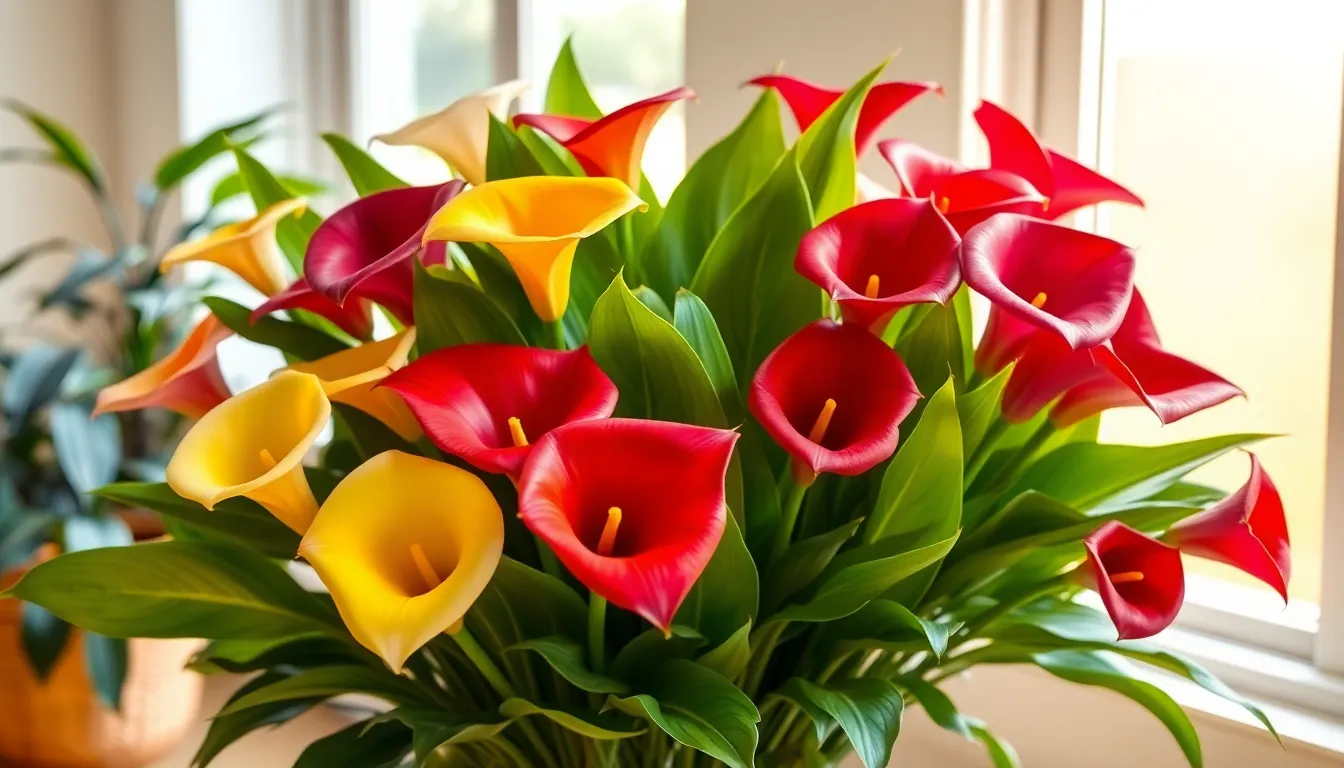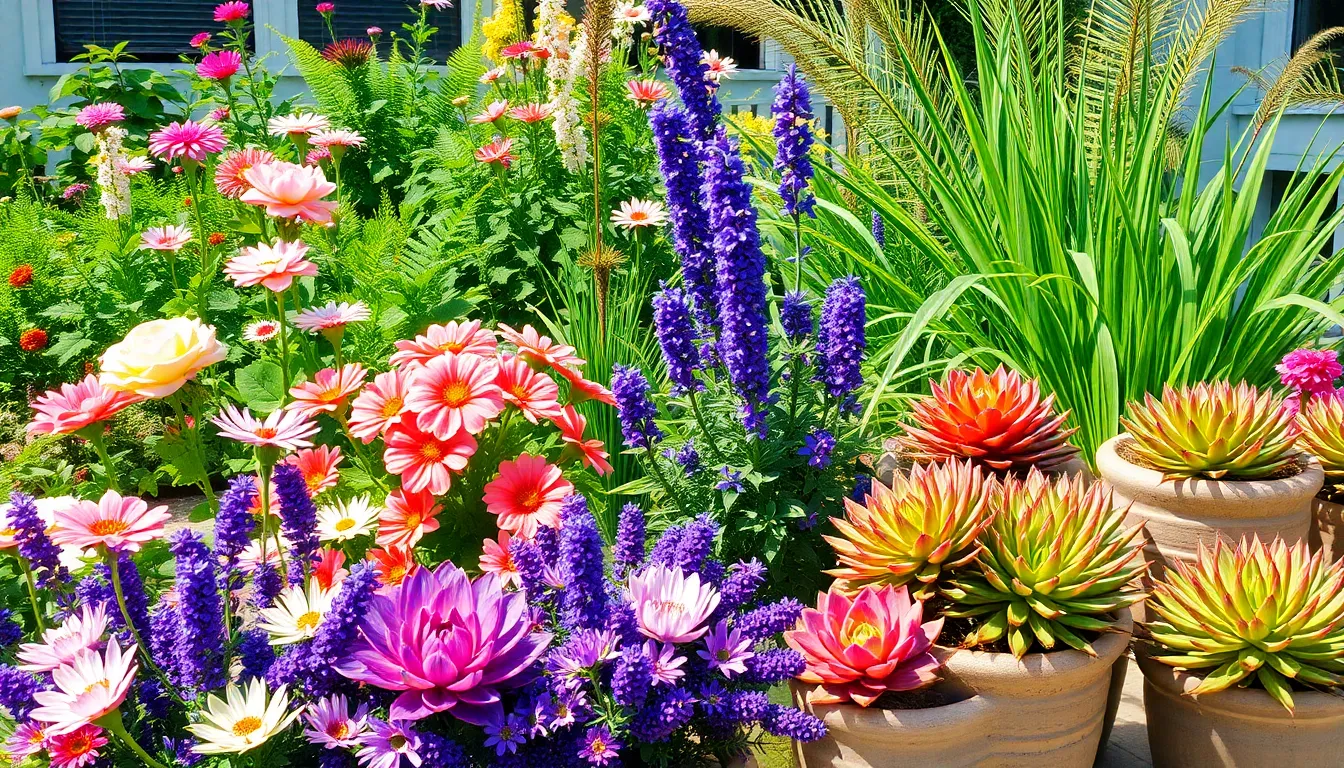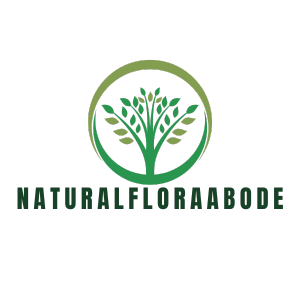The Best Fluffy Pancakes recipe you will fall in love with. Full of tips and tricks to help you make the best pancakes.

Plants for Landscaping: Transform Your Yard into a Stunning Outdoor Oasis
Transforming a yard into a stunning landscape can feel like a daunting task, but it doesn’t have to be! With the right plants, any outdoor space can go from drab to fab faster than you can say “green thumb.” Whether it’s a cozy cottage garden or a sleek modern oasis, the right flora can make all the difference.
Plants For Landscaping
Landscaping with plants offers various ecological, aesthetic, and economic advantages. One crucial benefit lies in improved air quality. Plants absorb carbon dioxide and release oxygen, contributing to a healthier environment.
Incorporating native plants enhances biodiversity. Native species attract local wildlife, such as birds and beneficial insects, fostering a balanced ecosystem. Furthermore, plants reduce soil erosion by stabilizing the ground with their root systems.
Beauty also plays a significant role in landscaping. Vibrant flowers and lush greenery create visually pleasing spaces. Curb appeal increases, potentially raising property values. Different textures and colors motivate residents to spend more time outdoors.
Water conservation becomes easier with thoughtful planting. Many plants require less irrigation, promoting sustainable landscaping practices. Incorporating drought-resistant options saves on water bills while supporting local conservation efforts.
Thermal comfort improves through strategic planting. Trees provide shade during hot months, lowering energy costs associated with cooling systems. Strategically placed shrubs act as windbreaks, reducing heating costs in colder months.
Lastly, landscaping promotes mental well-being. Studies show that green spaces reduce stress and enhance mood. Gardens and natural settings offer a calming retreat from urban life, providing ample opportunities for relaxation.
Overall, engaging with plants for landscaping transforms outdoor areas into eco-friendly, beautiful, and inviting spaces. By recognizing these benefits, individuals can make informed choices when selecting plants.
Types of Plants for Landscaping

Selecting the right types of plants enhances landscaping significantly. Different categories of plants serve various aesthetic and functional purposes.
Flowering Plants
Flowering plants add vibrant colors and attract pollinators. Examples include roses, daisies, and lavender. These plants bloom in various seasons, providing visual interest throughout the year. The choice of flowering plants can create focal points in gardens, showcasing unique textures and colors. Certain species, like marigolds and petunias, thrive in sunny areas while others, like impatiens, prefer shade. Planting in clusters maximizes their impact and supports local ecosystems.
Foliage Plants
Foliage plants emphasize greenery and structure in outdoor spaces. Varieties such as hostas, ferns, and ornamental grasses provide diverse textures and colors. Their leaves often maintain interest even when flowers are absent. Some foliage plants, like boxwoods, also serve functional roles, acting as natural hedges or borders. Choosing a mix of evergreens and deciduous types ensures year-round appeal. Combining different leaf sizes and shapes creates depth and visual harmony.
Succulents and Cacti
Succulents and cacti offer low-maintenance options for landscaping. Species like aloe, sedum, and agave require minimal water and thrive in arid conditions. Their unique shapes and colors provide striking visual elements. Many succulents flourish in containers, making them ideal for patios and walkways. Additionally, they contribute to sustainable landscapes by reducing water consumption. Incorporating these plants enhances resilience and adds variety to garden layouts.
Choosing the Right Plants for Your Climate
Selecting plants that thrive in your specific climate enhances the success of your landscaping project. Factors like temperature, rainfall, and seasonal changes play critical roles in determining plant suitability.
Understanding Hardiness Zones
Hardiness zones provide a guideline for plant survival based on local climate conditions. The USDA Hardiness Zone Map divides regions into 13 zones, reflecting average annual minimum temperatures. For effective landscaping, choosing plants suited to your specific zone increases their growth potential. For example, Zone 5 can support hardy perennials like daylilies but may not sustain tropical plants. Understanding these zones helps in creating resilient landscapes that require less maintenance and water.
Native vs. Non-Native Plants
Native plants offer significant advantages for local landscaping. They adapt naturally to regional climates and soil types, requiring less irrigation and care. Local wildlife, including pollinators and birds, often thrives with these flora. Non-native plants can enhance aesthetic variety but may require more resources to grow. They also risk becoming invasive, disrupting local ecosystems. Balancing both plant types can create a vibrant and sustainable garden space while maintaining ecological harmony.
Design Tips for Incorporating Plants in Your Landscape
Incorporating plants into a landscape design enhances beauty and functionality. Thoughtful planning leads to stunning outdoor spaces.
Layering and Grouping
Layering plants creates depth and structure in a landscape. Place taller plants at the back, medium-height plants in the middle, and shorter plants in front. Grouping plants in odd numbers, such as threes or fives, achieves a more natural look. This arrangement not only draws the eye but also promotes visual balance. Consider combining different plant types, like flowers, shrubs, and ornamental grasses. A diverse mix boosts interest and can support various wildlife, contributing to a vibrant ecosystem.
Creating Visual Interest
Visual interest stems from incorporating varying colors, sizes, and textures. Choose bold foliage plants alongside flowering species for dynamic contrasts. Implement seasonal blooms to provide year-round appeal. Use hardscape features like pathways and benches to complement plantings. Incorporating vertical elements, such as trellises or raised beds, enhances dimension. Combining plants that serve both aesthetic and functional purposes, like shade-providing trees, offers beauty while maximizing space. Such designs captivate and engage visitors while creating harmonious outdoor environments.
Conclusion
Selecting the right plants for landscaping can truly transform outdoor spaces into vibrant and inviting environments. By understanding the benefits of various plant types and their adaptability to local climates, individuals can create stunning landscapes that thrive with minimal maintenance.
Incorporating a mix of flowering, foliage, and low-maintenance plants not only enhances aesthetic appeal but also supports local ecosystems. Thoughtful design techniques help achieve visual balance and year-round interest, making any outdoor area a peaceful retreat. Embracing these principles allows anyone to cultivate a beautiful landscape that reflects their personal style while contributing positively to the environment.
